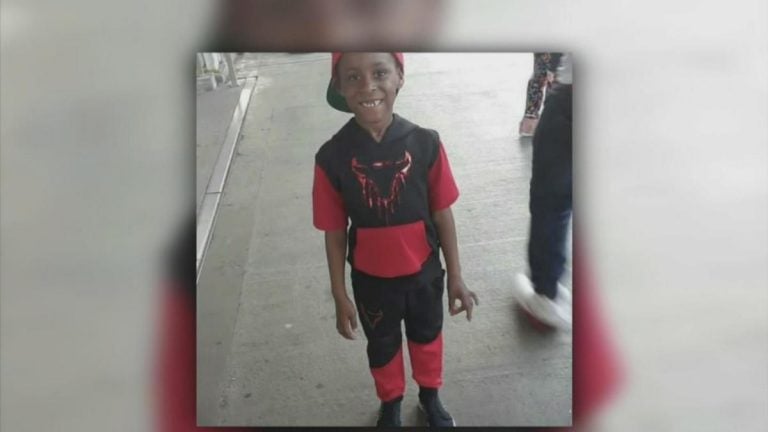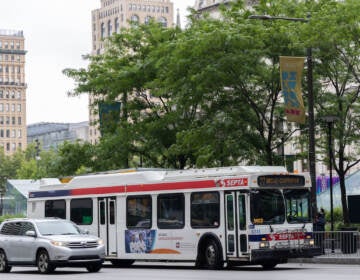One year after a 7-year-old fell from train to his death, SEPTA to experiment with locked doors
On the heels of an investigation by the National Transportation Safety Board, SEPTA is to test locks on train doors.

Seven-year-old Aiden Devlin, pictured, died after falling between SEPTA train cars. (NBC10)
The first anniversary of the death of 7-year-old Aden Devlin is less than a month away. The boy fell while passing between two cars on the Broad Street Line in North Philadelphia last September.
On the heels of an investigation by the National Transportation Safety Board, SEPTA is testing a new strategy to prevent such accidents in the future.
Starting sometime this fall, SEPTA plans to run a pilot program that will keep doors at the end of train cars locked except in the case of emergencies.
The system mimics that of the Massachusetts Bay Transportation Authority.
SEPTA expects to try the new system out on a few trains on the Broad Street and Market-Frankford Lines. No date or number of trains has been set.
The locked doors will have instructions on them explaining how to open them if there is an emergency, said Andrew Busch, SEPTA spokesman.
“We’re looking for ways to further improve the safety of our customers and try to do what we can to prevent any kind of future incidents,” Busch said.
Aden, his brother, and an adult family friend were selling candy on the subway when the deadly accident happened. The group was traveling between cars at the Allegheny Station when the young boy slipped and fell onto the tracks. He was run over when the train began moving.
The fatality prompted an investigation by the National Transportation Safety Board, an independent government organization charged with investigating major transportation accidents.
NTSB found SEPTA’s text-only signs posted above the doors at the time of the accident did not meet “guidelines for effective warning signs” that “attract visual attention, are easily understood and interpreted, and provide clear guidance to avoid hazards.”
In the days after the accident, the transit authority began posting larger black and yellow signs with white lettering to better draw attention. They were also posted on the doors instead of above them.
SEPTA later added Spanish and Mandarin text to the signs.
The NTSB also recommended that the Federal Transit Administration develop standards for safety signage and communication and issue directives to implement them.
Though the investigation into Aden’s death is over, the NTSB will continue to focus on Philadelphia for the investigation of the July death of SEPTA worker Darren Monroe.
Monroe was inspecting a track on the Broad Street Line in North Philadelphia when he was struck and killed by a train.
Correction: A prior version of this article misstated the location of the accident.
WHYY is your source for fact-based, in-depth journalism and information. As a nonprofit organization, we rely on financial support from readers like you. Please give today.







